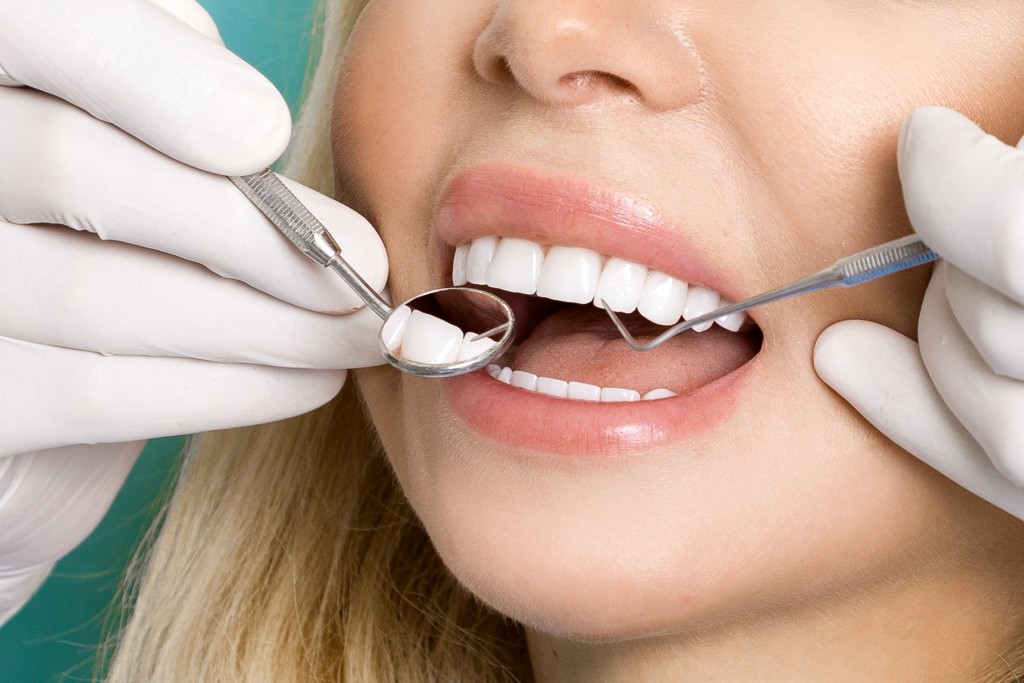Minimizing the risk of dental injuries for your family is one of your top priorities. This is because some injuries expose the inner layers of your teeth and form a gateway for various microorganisms into the affected person’s bloodstream.
While you might take all the seemingly necessary steps to minimize harm, a fall, car accident or sports incident might result in dental injuries. For most people, the only dental injuries that should worry them are missing or broken teeth.
Tooth luxation, however, also necessitates the services of an emergency dentist here in South Jordan. This is a tooth’s dislodgement that is at times not readily visible. It occurs when trauma disrupts the tissues and ligaments securing the teeth in place.
Luxation can also affect the blood and nerve supply to an affected tooth. The following are the classes of dental luxation.
Concussion
This occurs when periodontal ligaments holding a tooth are injured, but your tooth is neither loose nor displaced. Concussed teeth are generally tender when tapped. To diagnose concussion, your dentist will take dental x-rays and perform a pulp sensibility exam.
A negative test indicates a compromised pulp cavity, while a positive one shows the pulp is viable. In most cases, the dentist will monitor your pulp for about a year before recommending treatment if need be for a concussed teeth.
Subluxation
This form of luxation encompasses a loose tooth that is not displaced. There might be bleeding around your gum line and some tooth sensitivity. X-rays will often show no abnormalities though pulp tests might indicate issues that will eventually heal.
Routine x-rays and clinical exams might be essential to keep track of the tooth’s healing. If you experience pain when chewing or biting, the dentist might recommend a flexible splint to stabilize the subluxated tooth.
Extrusive Luxation
This form of luxation encompasses an extremely loose tooth with an elongated appearance. The tooth might have moved owing to the periodontal ligament’s separation, but its bony socket remains intact. In extrusive luxation, the dentist cleans exposed root surfaces using a saline solution then repositions the tooth.
The patient might use a flexible splint for some weeks to stabilize the tooth. Sometimes, you might undergo a root canal if your pulp is decayed, dead or necrotic.
Lateral Luxation

This involves the fracture of your alveolar ridge and the separation of the periodontal ligaments. The tooth in lateral luxation is immobile but will look pushed backward or forward. Its management involves the disengagement of the affected tooth from its bony socket then its repositioning using forceps.
You will use a flexible splint for about four weeks to stabilize the tooth. In case your pulp will not heal, a root canal is done to avert the risk of root resorption.
After a traumatic dental injury, you might assume everything is ok if you are not in considerable pain and have no visible bleeds. It is, however, essential to get a dentist’s review immediately after you are injured to guarantee there are no injuries that may not be evident.
The objective of luxation treatment irrespective of its classification is the stabilization of your teeth and maintenance of your pulp’s health.
